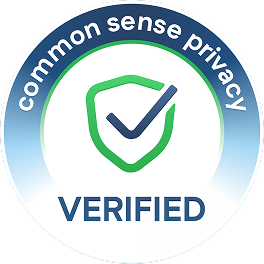Take a look inside 5 images
Dictionary - Merriam-Webster
Pros: Shorter definitions are better for younger students.
Cons: This dictionary has less functionality than its rivals, and the Word of the Day feature isn't very engaging.
Bottom Line: This comprehensive classic reference has easy-to-read entries, although the voice-recognition system needs work.
It's a dictionary. You can use it to look up words, or to teach students how to look up words. But there are no games or pictures.
Dictionary - Merriam-Webster is -- shocker -- an online dictionary. It has an intuitive interface, and concise entries include pronunciation with a "say it" button, part of speech, multiple definitions, origin, first use, synonyms for a range of disciplines, and geographical, biographical, historical, and scientific terms.
The bottom of the main page offers Dictionary, Recent, Favorites, Daily, and More buttons. You can search by tapping the microphone icon and saying a word, or by tapping the magnifying glass to type. Recent keeps track of your search history, and a star at the top of each entry lets you add words to a favorites list. The Daily button gives a word of the day with usage examples and a "Did you know?" section that has dry, factual information rather than engaging and thoughtful analysis. The More button allows users to give feedback, rate the app, post a word to Facebook or Twitter, or send a word in an email.
Entries are a tad more accessible for younger students, with a larger and bolder font and less content than Dictionary.com. Unfortunately, there are no built-in games, no illustrations (except in the premium version), only rarely links within entries, and none of the front matter found in the traditional book format to help students learn how to read entries.
Unlike Dictionary.com, Dictionary - Merriam-Webster's voice recognition offers alternatives, though they're sometimes absurd, like single letters or words or phrases with no entry. Unfortunately, the voice-recognition feature seems to foul up data connections (which it relies on for matches), can hang up searches, and sometimes goes down entirely.












